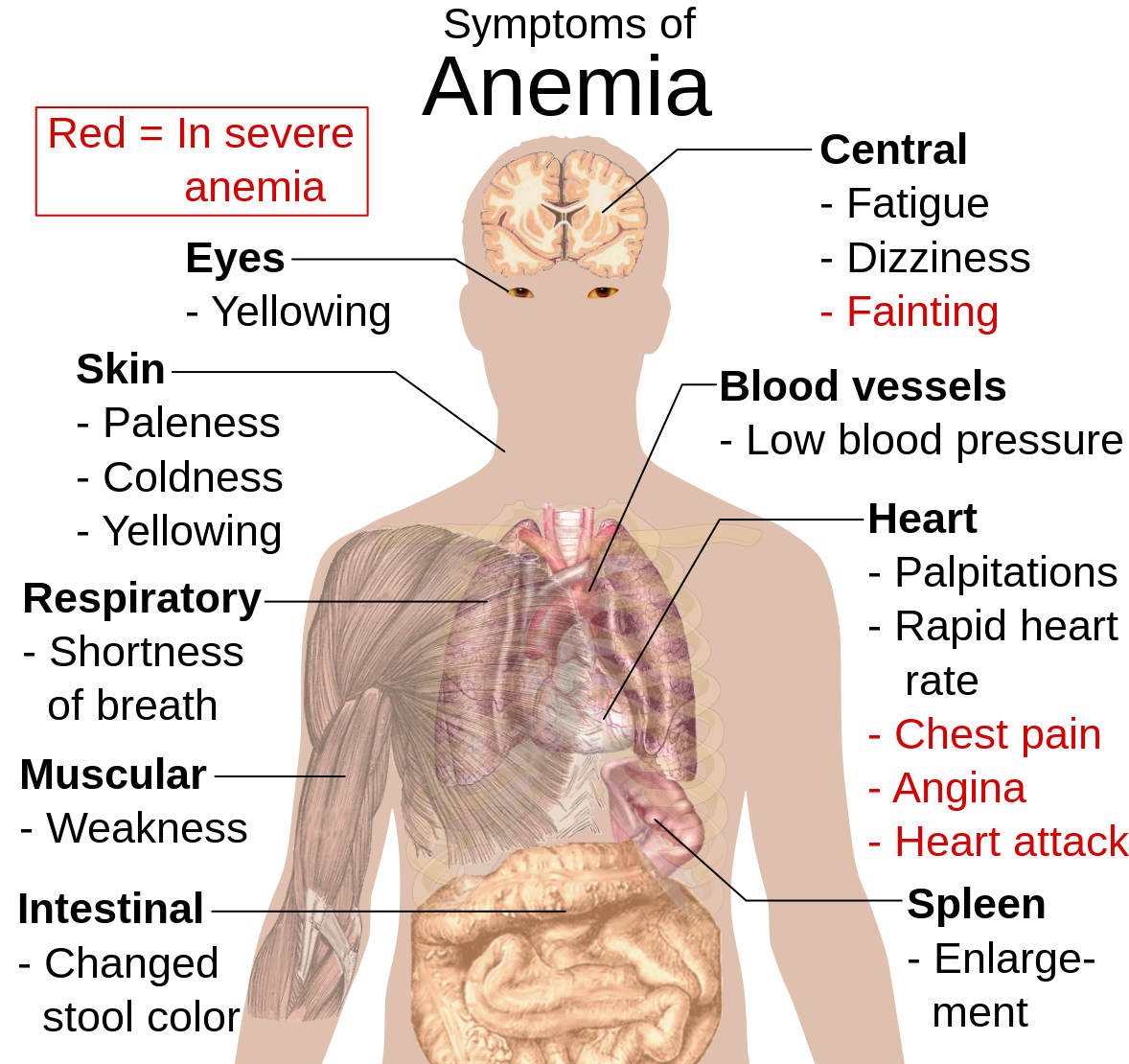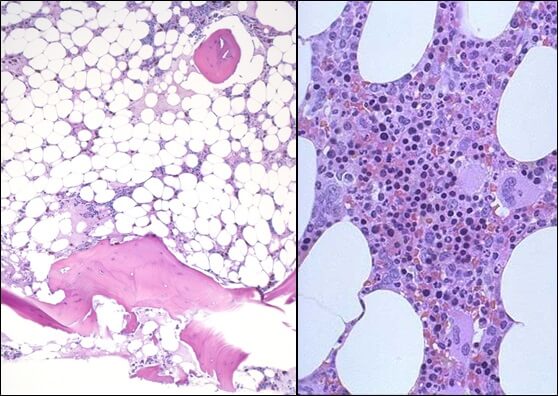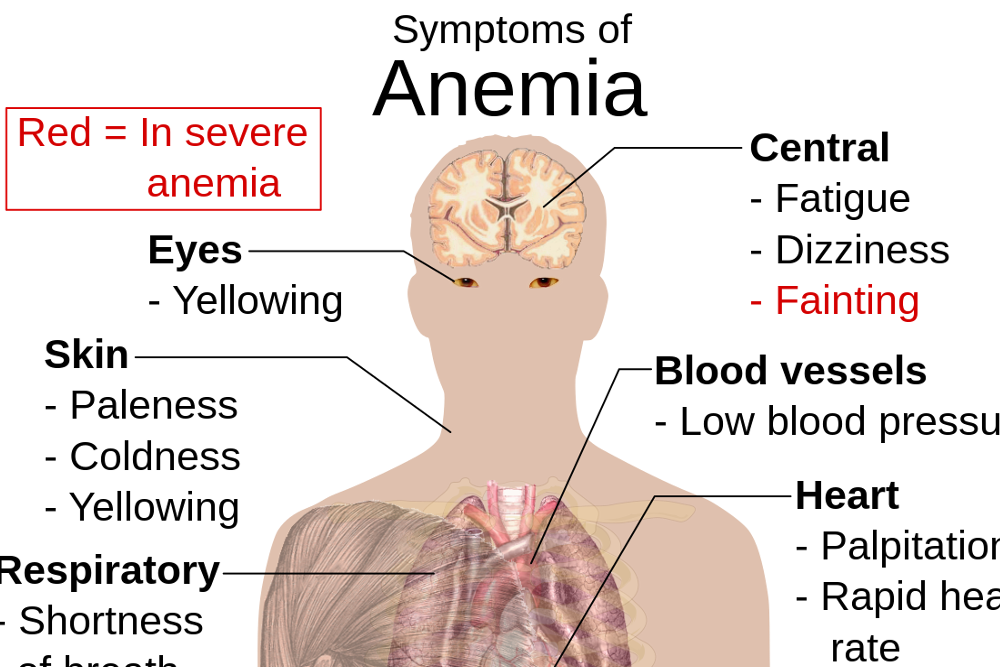Anemia in a Nutshell
Anemia in a Nutshell
When your body doesn’t have enough blood, you are suffering from anemia.
Anemia means your Haemoglobin content is low and so are the number of red cells.

Haemoglobin carries oxygen to all parts of our body, so anemia causes lots of problems.
Anemia is a worldwide malady but commoner in poorer countries like ours due to inadequate nourishment.
People with anemia have fatigue as the most common symptom, but may have low moods and depression, lack of concentration, headache, pains in legs on walking, breathing difficulty and chest pain.
If the anemia is severe ringing in the ears, palpitations, legswellings may be there.
Anemia is not a diagnosis in itself but a sign of underlying disease that may be simple or serious.
So if you have anemia you do need more tests to find why it’s there.
Apart from CBC or Complete Blood Counts your doctor may perform more tests like kidney, liver, thyroid, autoimmune and other tests to measure iron and vitamin levels.
Generally three main types of anemia occur,
first due to deficiency of nutrients that we need for haemoglobin formation,
second due to blood loss somewhere in the body or
third bone marrow or production problems.
There are a lot more, not so common reasons.
A haematologist is needed to interpret tests and offer solutions depending upon what these tests reveal.
Related articles
Article Links
Introduction to Blood Vaccinations In Adults Lessons From The Covid-19 Pandemic Anemia in a Nutshell Iron Deficiency Anemia Anemia is not always a simple problem Aplastic Anemia Sickle Cell Anemia Nutrition and Anemia Pregnancy and Anemia Diet and Anemia Bone Health Matters Blood Problems From Birth Curable Cancers Are There Cancer in Children Blood Cancer Blood Cancer in Children Why Do Some People Bleed More? Know Your Platelets Platelet Problems When Blood Clots Too Much Thalassemia In India Stem Cell Therapy More About Stem Cell Therapy Stem Cell Treatments : Facts Should You Store Baby’s Cord Cells? What Is Bone Marrow Test? All You Wanted To Know About A Bone Marrow Test Blood Donation : The gift of life Preventive Check Ups: Of Course Or May Be?Related articles
Anemia may be there because the body may be destroying blood which is formed or there could be a problem called Aplastic Anemia.
In this disease, the bone marrow which normally forms all blood cells does not function and the patient suffers due to lack of red cells, white cells and platelets.



